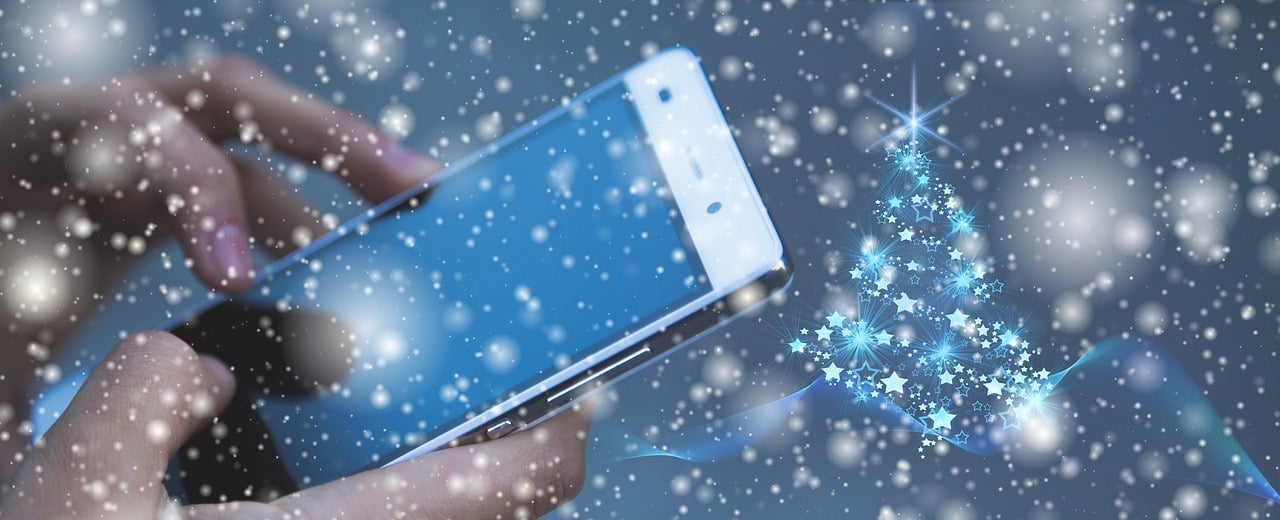The U.S. is currently experiencing a polar vortex season and temperatures have dropped to as low as -60 degrees Fahrenheit wind chill in some areas. In such extreme conditions, you might have noticed that your smartphone (both iPhone and Android) shuts down abruptly when you are using it outside. This happens because the battery can’t weather too much cold, but there are some things you can do to protect your phone from the cold to keep it running.
What issues you may face with your phone during a polar vortex?
The issue where extreme cold leads to shutdown is not just limited to smartphones. Many users have reported a similar issue with other battery-powered devices, like bluetooth headphones. Moreover, the issue is not just during the cold, one may encounter a similar issue during extremely hot conditions as well.
Such issues are understandable as the smartphones currently use Lithium-Ion batteries. To provide power, these batteries use liquid electrolytes, which are positioned between the two types of electrodes in the battery.
During extreme weather conditions like a polar vortex, the liquid electrolytes basically freeze, and thus fail to properly send energy to the phone. If the temperature drops further, the battery could stop functioning, resulting in the phone shutting down.
Speaking to Wired, Hanumant Singh, an electrical engineer at Northeastern University, said “Lithium-ion batteries suffer so badly in freezing temperatures because they have very little internal resistance.” Further, the expert added that the batteries may die within five minutes of being exposed to temperatures colder than -35 degrees Fahrenheit.
What Apple and other Android phone makers say?
Smartphone makers – both Apple and Android – are aware of this issue and see it as normal behavior in extreme conditions such as the polar vortex. Also, the smartphone makers have issued a few guidelines on how to protect your phone from cold or how to use it when it gets either too cold or too hot.
For instance, Apple recommends using the iPhone in “ambient temperatures” between 32 and 95 degrees Fahrenheit. Apple admits that extreme temperatures can lead to some irregular behavior in the iPhone.
“Using an iOS device in very cold conditions outside of its operating range might temporarily shorten battery life and could cause the device to turn off,” Apple says.
Further, the company says the device will normally work when it gets back to ambient temperatures. Also, Apple warns that using your iPhone (or any other iOS device) in hot conditions can damage the battery life. Apple recommends storing the device in temperatures between -4 to 113 degrees Fahrenheit.
Apple’s recommendation on using the device in extreme weather condition is not much different from what’s recommended for Android phone users. Samsung says extreme cold and heat can damage the battery of your smartphone. The Korean firm asks users not to leave their phone in the glove compartment of their car if the temperature outside is either too cold or too hot.
“A common myth is that batteries last longer if they are put in the freezer. This is not correct and can damage your battery,” Samsung says.
Samsung doesn’t recommend a temperature range, but recommends using it in a normal temperature range. Google, on the other hand, recommends using the Pixel 2 between 32 and 95 degrees Fahrenheit. Huawei, OnePlus and LG smartphones also suffer from similar problems in the cold.
How to protect your phone from cold?
As a user, one must always try not to expose the device to extreme cold. But, this is not entirely possible, so to protect your phone from cold it is recommended that you keep your phone in an insulated case or in your jacket pocket near to your body when you go out into the cold.
If you feel that the temperature outside could cause your phone to get too cold, switch off the phone yourself. Wait until the phone gets warm again to switch it back on. Also, don’t charge a very hot or very cold phone, as it may damage the battery.
Try not to answer any calls outside as the phone may shutdown suddenly. If you want to use the phone to find directions, try stopping at someplace warmer, like a coffee shop, to open the app. Even when you get into the car, keep the phone in your pocket until the temperature inside gets warmer.
If your phone shuts down due to cold when you are outside, it is advised that you go inside and wait a few minutes for the device to warm up before switching it on. If the phone doesn’t turn on, then plug it into the charger and wait for it to restart.
Another solution that would allow you to use your phone is carrying an extra battery pack. You can use the spare battery if the primary battery drains out quickly, providing you have kept that battery warm also of course.





